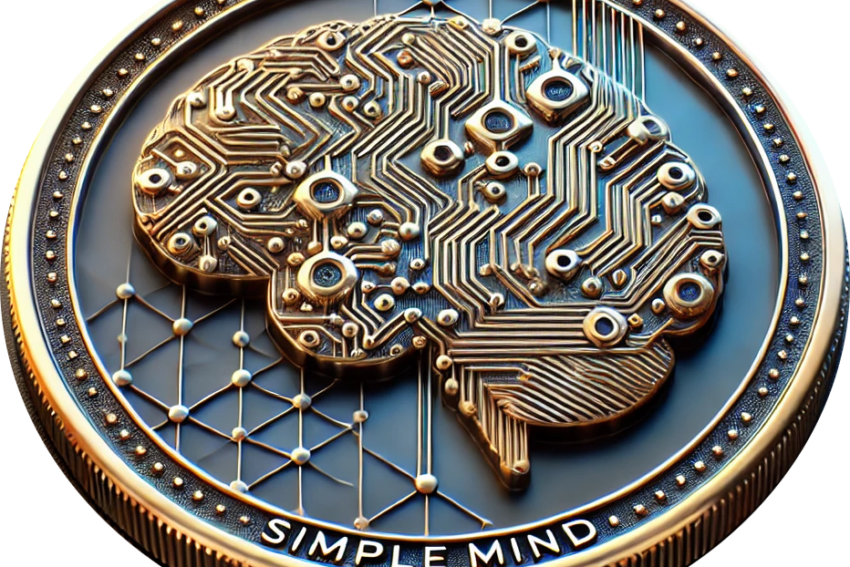Abstract: This article conceptualizes the creation of an advanced Autonomous General Intelligence (AGI) system, named “easyAGI,” integrating several cutting-edge AI components. Theoretical in nature, this blueprint outlines the essential modules required to construct such a system, emphasizing the principles behind each component without delving into implementation specifics.
Introduction: The pursuit of AGI aims to create a machine capable of understanding, learning, and performing intellectual tasks across various domains, akin to human cognitive abilities. The easyAGI project proposes a structured framework that integrates various AI paradigms to achieve this goal. This article outlines the components necessary for building easyAGI, focusing on their theoretical underpinnings and potential interactions.
Components of easyAGI:
- Logical Reasoning Engine (LogicTables):
- Purpose: To provide the AGI with the ability to perform logical operations, validate statements, and generate truth tables.
- Theoretical Basis: Rooted in propositional and predicate logic, this component uses logical operators and expressions to evaluate the validity of different propositions.
- Functionality: It should support the addition of variables and expressions, the evaluation of these expressions, and the generation of truth tables to determine the validity of logical statements.
- Neural Network Model (SimpleMind):
- Purpose: To equip the AGI with the capability to learn from data, make predictions, and generalize knowledge.
- Theoretical Basis: Based on deep learning principles, utilizing neural networks to model complex patterns and relationships within data.
- Functionality: The model should include methods for initializing parameters, performing forward and backward passes, and updating parameters through gradient descent. It should also be optimized for performance using techniques like JAX for numerical computation.
- Training and Data Management System (Coach):
- Purpose: To manage the training process of the neural network, including data loading, preprocessing, and training.
- Theoretical Basis: Machine learning workflows involving data preparation, model training, validation, and evaluation.
- Functionality: This system should support various data formats (e.g., JSON, CSV) and provide mechanisms to preprocess and train models on this data efficiently.
- Belief-Desire-Intention (BDI) Model:
- Purpose: To model the decision-making processes of the AGI based on its beliefs, desires, and intentions.
- Theoretical Basis: Cognitive science and AI planning, where agents form intentions based on their beliefs and desires.
- Functionality: The BDI model should update beliefs based on new information, form desires (goals) to achieve, and generate intentions (plans) to fulfill these goals.
- Advanced Reasoning Modules (Reasoning and Socratic Reasoning):
- Purpose: To enhance the AGI’s cognitive capabilities through advanced reasoning techniques.
- Theoretical Basis: Philosophical logic and AI reasoning, utilizing structured methodologies to draw conclusions and make decisions.
- Functionality: These modules should integrate logical analysis and Socratic questioning methods to challenge and refine the AGI’s reasoning processes.
- Self-Healing System:
- Purpose: To ensure robustness and reliability of the AGI by autonomously identifying and correcting errors.
- Theoretical Basis: Fault-tolerant computing and adaptive systems, designed to maintain functionality in the presence of faults.
- Functionality: The system should continuously monitor the AGI’s operations, detect anomalies, and initiate corrective actions to resolve issues.
- API Manager:
- Purpose: To facilitate seamless integration with external AI services and manage API keys.
- Theoretical Basis: Software engineering principles of modularity and API management.
- Functionality: This manager should handle the storage, retrieval, and management of API keys, enabling the AGI to interact with various AI platforms (e.g., OpenAI, Groq, Ollama).
- Memory Management:
- Purpose: To handle the storage and retrieval of the AGI’s conversational memory.
- Theoretical Basis: Cognitive psychology principles of memory and recall, applied to artificial agents.
- Functionality: The memory management system should store conversation data, enable efficient retrieval of past interactions, and ensure data integrity.
Conclusion: The easyAGI project represents a comprehensive approach to building an AGI system, integrating multiple AI disciplines into a cohesive framework. By focusing on modularity, scalability, and efficiency, this blueprint outlines a path towards creating a robust and versatile AGI capable of performing complex cognitive tasks. Future work will involve the detailed implementation and continuous refinement of these components to achieve a fully functional AGI system.



